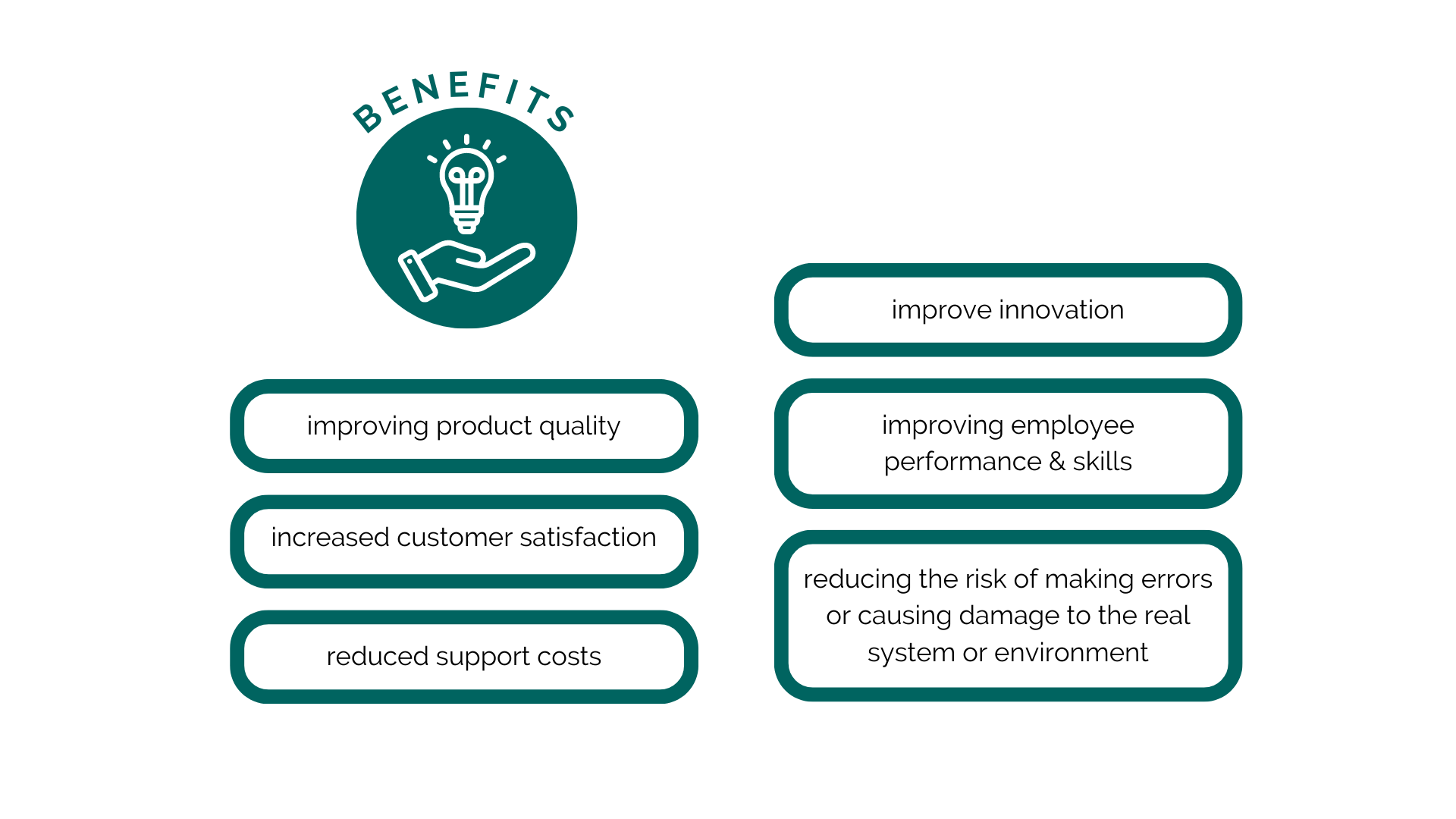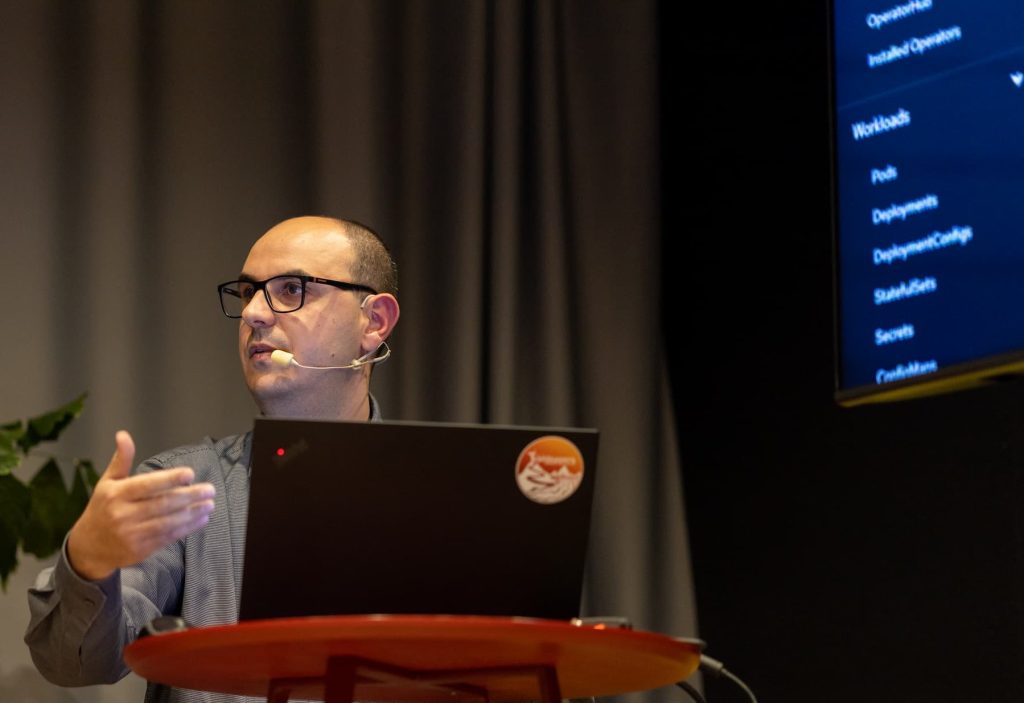Did you know that when people have limited time to decide, they usually choose the default option? This is known as the default effect, and it happens because people frequently feel overburdened by too many options and choose the default option to simplify the decision-making process.
For example, when signing up for a free trial of a streaming service, the user may be automatically enrolled in a paid subscription at the end of the trial if they don’t actively cancel it. This default option often leads people to continue paying for the service even if they didn’t originally intend to, due to the effort required to cancel the subscription.
This surprising fact highlights the importance of understanding human behaviour when designing products and services that require decision-making. By leveraging the default effect, designers can help guide people toward making choices that align with their goals and values.
Choices & Goals Aligned
Human behavior is complicated, and it’s not always easy to figure out exactly why an individual behaved a certain way. What drives us to do such things, and what would we achieve if we have done things differently? This is why it’s important to understand our decision-making processes and those of others. Each of our behaviors can be analyzed to see how a choice leads to a specific behavior, and experiments are an excellent way to begin our research.
When people are presented with more options to choose from, it can lead to decision paralysis and decision fatigue. This means that people may become overwhelmed by the choices available and have difficulty making a decision. In contrast, when people have fewer options, it can lead to a simpler decision-making process. Human decision-making is not always rational or logical. Our choices can be influenced by a variety of physiological factors, such as our emotions, biases, and perceptions. That is exactly what behavioural design is.
Behaviour, Economy, Psychology
Behavioural design is an interdisciplinary field that combines insights from economics and psychology to create interventions that encourage positive behaviour change. At its core, behavioural design recognizes that people’s behaviour is influenced by both cognitive and emotional factors, as well as by the incentives and constraints they face in their environment.
Economics provides a framework for understanding how individuals respond to incentives and make decisions under scarcity conditions. This framework helps designers create interventions that leverage incentives to encourage people to adopt positive behaviours, such as saving money or reducing energy consumption.
For example, a designer might offer financial rewards or penalties to encourage people to save more or create a pricing structure that makes energy-efficient choices more affordable.
Psychology, on the other hand, helps us understand the cognitive and emotional factors that influence behaviour, such as social norms, habits, and biases. By drawing on insights from psychology, designers can create interventions that appeal to people’s motivations, desires, and mental shortcuts.
For example, a designer might use social proof to encourage people to recycle by placing recycling bins in high-traffic areas and labeling them with messages that emphasize the social norm of recycling.
Change in Perspective
People don’t always act logically but sometimes do. Sometimes we make a choice because it’s embedded in our heads (like a marketing ad) or because we saw something (like 1+1 free offer). We’re sure that the story is true, and when we believe it, that choice makes a lot of sense.
Feelings, perspective, and social rules are some of the things that affect how we act. Due to this, we feel better when we get something for free, and this is an emotional trigger that comes from irrational joy. But if we begin to think market-focused we are ignoring social norms. Business needs to have simple rules, state what you are offering and what you expect in exchange.
Socrates famously said, “The unexamined life is not worth living.”
We internally at CROZ are aware that behavioural design knowledge helps us grow so we embraced using sandboxes to learn new software methods and techniques which is one of the ways to implement behavioural design principles to support behavioural change and skill improvement.
This has several benefits for the company and the employees:
1. Improving product quality: Sandbox testing can help to identify and fix bugs and issues before a product is released to the public. This can improve the overall quality of the product and reduce the likelihood of negative user experiences.
2. Increased customer satisfaction: If we accomplish a level of employee confidence and trust, we would be able to provide a safe and productive environment for the testing of new products and features. Accordingly, this will boost customer satisfaction.
3. Reduced support costs: By allowing users to experiment with a new product or feature in a simulated environment, sandboxing can reduce the likelihood of user errors and support requests. This can save the company time and money on support costs.
4. Improve innovation: employees can test and experiment with new methods and techniques. So that can help to foster innovation and creativity within the company, leading to new and improved products and services.
5. Improving employee performance and skills. This can lead to more effective and efficient use of software tools and technologies.
6. Reducing the risk of making errors or causing damage to the real system or environment. This can help to minimize the risk of downtime or other negative impacts on the company’s operations.
By providing a safe, controlled environment for experimentation and practice, sandboxes can reduce anxiety, boost engagement, and reinforce positive learning practices. This leads to better learning outcomes, increased productivity, and innovation for employees and IT companies equally.

Deeper Impact
Recognizing the complex combination of cognitive, emotional, and environmental factors that influence behaviour, behavioural design provides an effective approach for helping people make better decisions.
Behavioural design interventions, such as default options, social proof, and financial rewards, have been successfully implemented across many industries, including healthcare, finance, and technology.
But it’s not just businesses that can benefit from behavioural design principles. As individuals, we can also use these insights to improve our decision-making and achieve our goals. By setting clear goals, avoiding decision fatigue, and being aware of our biases, we can make better choices and lead more fulfilling lives.
In our decision-making processes, whether as designers, businesses, or individuals, behavioural design has its place. We can create a better world for ourselves and those around us by pursuing positive behaviour change and utilizing economic and psychological insights. Therefore, let’s embrace the effectiveness of behavioural design and make better decisions today.
Resources:
Governments need apply behavioural insights to the way they approach tax reform
Behavrioral Game Design: 7 Lessons from Behavioral Science to Help Change User Behavior
Books: Predictably Irrational by Dan Ariely, The Power of Habit by Charles Duhigg

